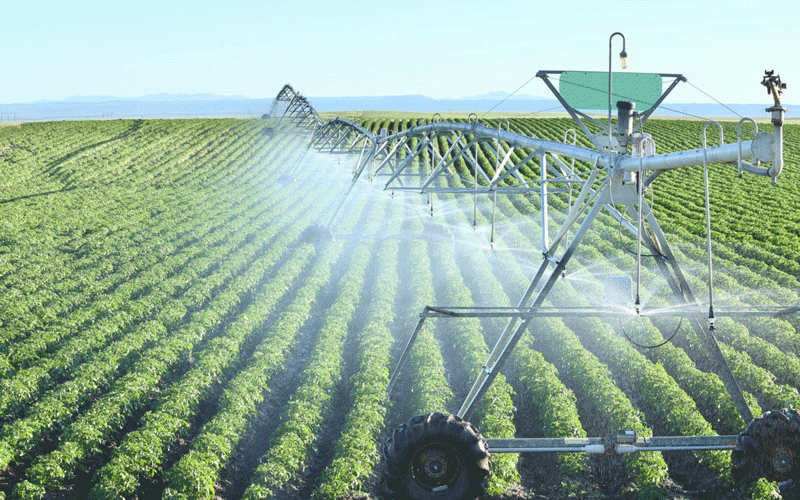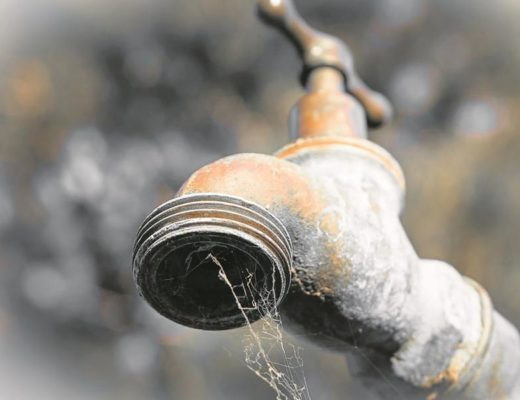
After deficit rainfall led to a poor maize harvest in the summer cropping season of November-March, Tinashe Kubara has another chance.
The 31-year-old farmer from Stoneridge area on the outskirts of Harare set up a borehole-based irrigation facility on his farm towards the end of March at a cost of US$2 500 and planted maize again.
“With rain-fed farming, it would not have been possible to plant again after a crop failure,” Kubara said. He has also set aside two-thirds of his 1,2 hectares (ha) for growing vegetables. Kubara is one of the tens of thousands of Zimbabwean farmers who are embracing irrigation for the first time.
Irrigation has remained largely alien to Zimbabwe’s 1.5 million smallholder farmers (farms under 10 ha), who make up to 70% of the country’s farmers and produce more than 50% of the country’s food, an agronomist in the country said, requesting anonymity.
In the 1960s, when the government introduced irrigation schemes, few farmers opted for them since rains were dependable, he added.
Till 1999, the country was a net exporter of grains.
Erratic rains have severely affected Zimbabwe’s traditionally rain-fed farming system with disastrous results for the landlocked nation’s agro-based economy, which now struggles to produce even half of the country’s food requirements.
Different parts of Zimbabwe have experienced three to six bad rainfall seasons between 2014 and 2019, states a Famine Early Warning System Network Southern Africa report for 2021.
- Mavhunga puts DeMbare into Chibuku quarterfinals
- Bulls to charge into Zimbabwe gold stocks
- Ndiraya concerned as goals dry up
- Letters: How solar power is transforming African farms
Keep Reading
According to the Zimbabwe Meteorological Services Department, daily minimum temperatures have risen by 2,6°C over the last century while daily maximum temperatures have risen by 2°C.
The number of cold days has decreased while hot days have become more common. Rainfall has decreased by some 20%, while the frequency of droughts has increased from once a decade to about once every three years.
“Floods and droughts are occurring back-to-back within the same season. Mid-season dry spells have also become more frequent now,” professor Desmond Manatsa, executive dean in the faculty of science and engineering at the Bindura University of Science Education, told Down To Earth (DTE).
Bonn-based non-profit Germanwatch’s Global Climate Risk Index ranked Zimbabwe among the top 20 countries most affected by the impacts of extreme weather patterns in 2000-19.
The changing climate has also prompted the government to act. In April 2021, it announced the National Accelerated Irrigation Rehabilitation Programme to reduce farmers’ dependence on rain.
The government aims to climate-proof 350 000 hectares of cropped area by 2025.
While announcing the programme, dubbed Vision 30 Accelerator, the country’s Lands, Agriculture, Fisheries, Water and Rural Development minister Anxious Masuku said the strategy involves bringing at least 200 hectares crop area in every district under irrigation and then revitalising and rehabilitating the land.
The government is also constructing 12 big dams at a cost of $1,1 billion and restoring existing dams and irrigation schemes as part of the programme.






